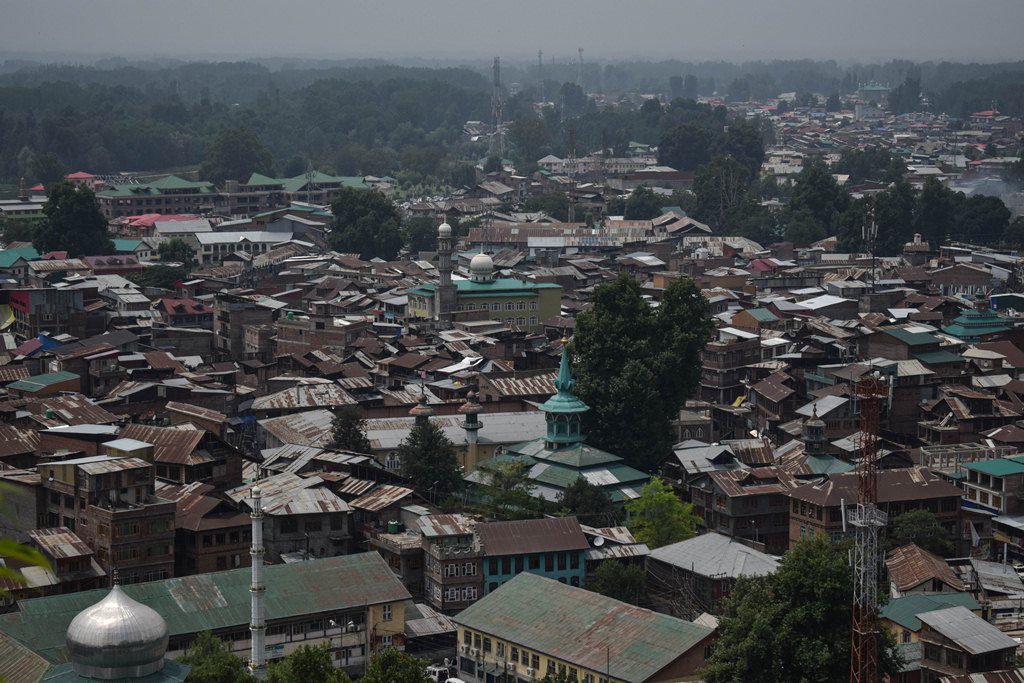
A genetic study conducted by the Forensic Science Laboratory (FSL) in Jammu Kashmir has unveiled the profound historical influence of Central Asian and Arab populations on Kashmir’s genetic makeup, tracing these connections back to the Silk Road.
This genetic research offers new insights into Kashmir’s ancient demographic interactions.
The study, published in the International Journal of Legal Medicine, analyzed genetic markers from 694 individuals randomly selected from various districts across Jammu Kashmir.
The results highlight strong genetic ties between Kashmir’s population and communities from Central Asia and Arab regions, reflecting the lasting impact of the Silk Route—an extensive network of trade routes connecting China with the Mediterranean from as early as 130 BC.
The Silk Route facilitated the exchange of goods, cultures, and populations across Asia, the Middle East, and Europe, leaving an indelible genetic legacy in Kashmir.
The study’s findings suggest that these ancient connections were not just commercial but also deeply intertwined with the movement of people across the region.
Utilizing advanced techniques in autosomal Short Tandem Repeats (STRs), which are highly variable regions of DNA, the research mapped the genetic relationships within Kashmir’s districts.
Lead author Dr. Nadeem Mubarik emphasized the study’s significance, noting its dual relevance to both forensic science and public health.
He explained that this pioneering research could greatly enhance the reliability of DNA evidence in legal proceedings, particularly in sensitive cases such as the Protection of Children from Sexual Offences (POCSO).
Furthermore, the genetic data provides valuable insights into prevalent genetic conditions in the region, aiding in future healthcare planning and disease management.
Gurmukh Singh, Director of FSL Jammu Kashmir, praised the research team for their remarkable achievement, noting that the study could transform forensic science in the region by bolstering evidence used in criminal investigations.
Syed Ishfaq Manzoor, Officer-in-charge of FSL Srinagar, echoed this sentiment, emphasizing the lasting impact this research will have on both forensic practices and justice delivery in Jammu and Kashmir.
In addition to uncovering these broader historical connections, the study also revealed interesting variations in the genetic profiles of different districts.
For instance, areas like Jammu exhibited genetic similarities with neighboring Indian states, while districts such as Ramban, Reasi, and Kishtwar, despite their proximity, showed considerable genetic diversity. This highlights the complex and unique demographic structure of the region.
This study is expected to serve as a foundation for further genetic and demographic research, shedding light on Kashmir’s deep historical ties to ancient civilizations and offering new pathways for scientific advancement in the region.
The FSL anticipates that these findings will lead to more studies exploring the region’s genetic landscape, paving the way for improved medical and legal practices.
Kashmir, due to its strategic location between Central Asia and the Indian subcontinent, has long been a melting pot of various cultures, trade, and people.
The Silk Route, which connected China, Central Asia, the Middle East, and the Mediterranean, has been a vital conduit for the exchange of goods like silk, spices, and precious stones, but also ideas, technologies, and populations.
From the 1st century BC, when the Kushan Empire expanded, Kashmir became a pivotal point in the overland trade networks, absorbing influences from Central Asia and the Arab world.
The region’s historical importance was cemented by the arrival of various peoples, including Buddhist missionaries, Arab traders, and Central Asian invaders such as the Mongols. This diverse influx contributed to the region’s complex demographic structure.
In addition to trade, Kashmir also experienced cultural and religious transformations influenced by Central Asian and Arab interactions.
These historical shifts are reflected not only in the genetic markers but also in the art, architecture, and language of the region.
The evidence of Arab and Central Asian ancestry found in the study serves as a reminder of Kashmir’s role as a crossroads of ancient civilizations, where ideas and people from the East and West met, intermingled, and left lasting legacies.
Thus, the findings from the genetic study not only provide valuable data for forensic and medical purposes but also highlight Kashmir’s rich, diverse history—an enduring testament to its position as a hub of cultural and genetic exchange.
